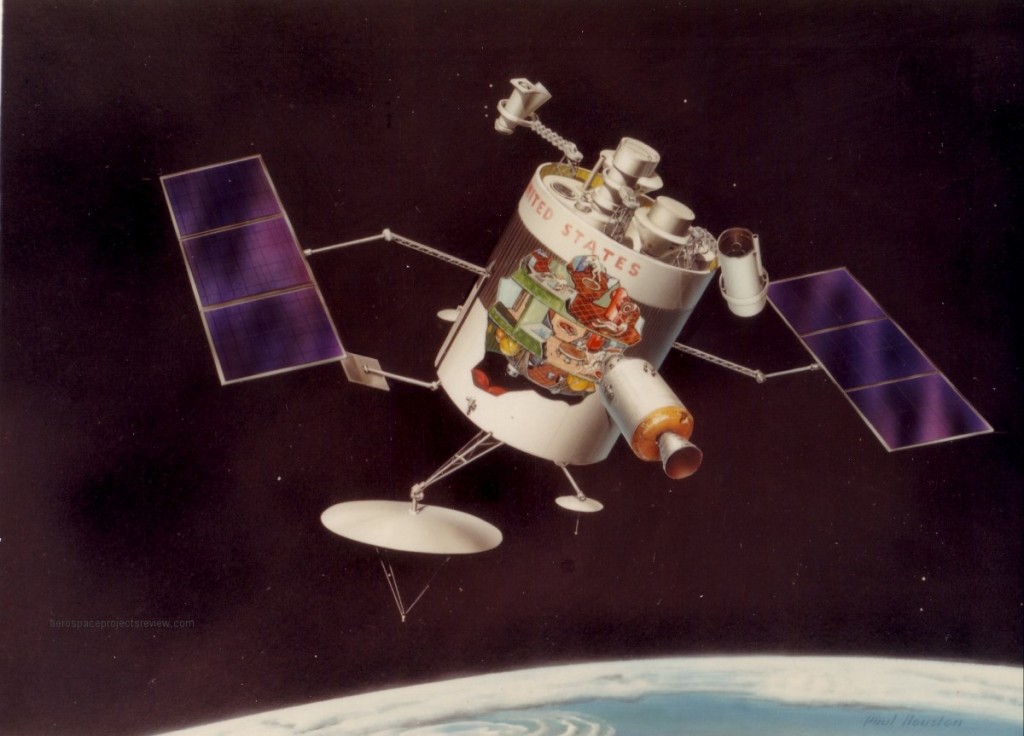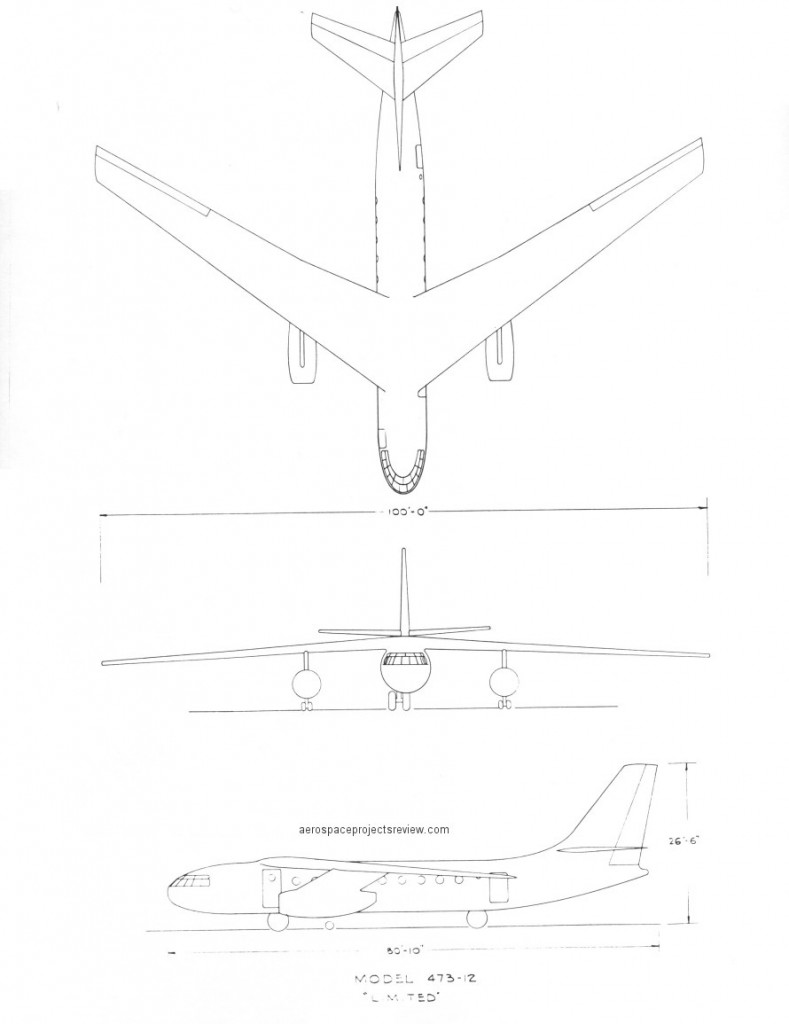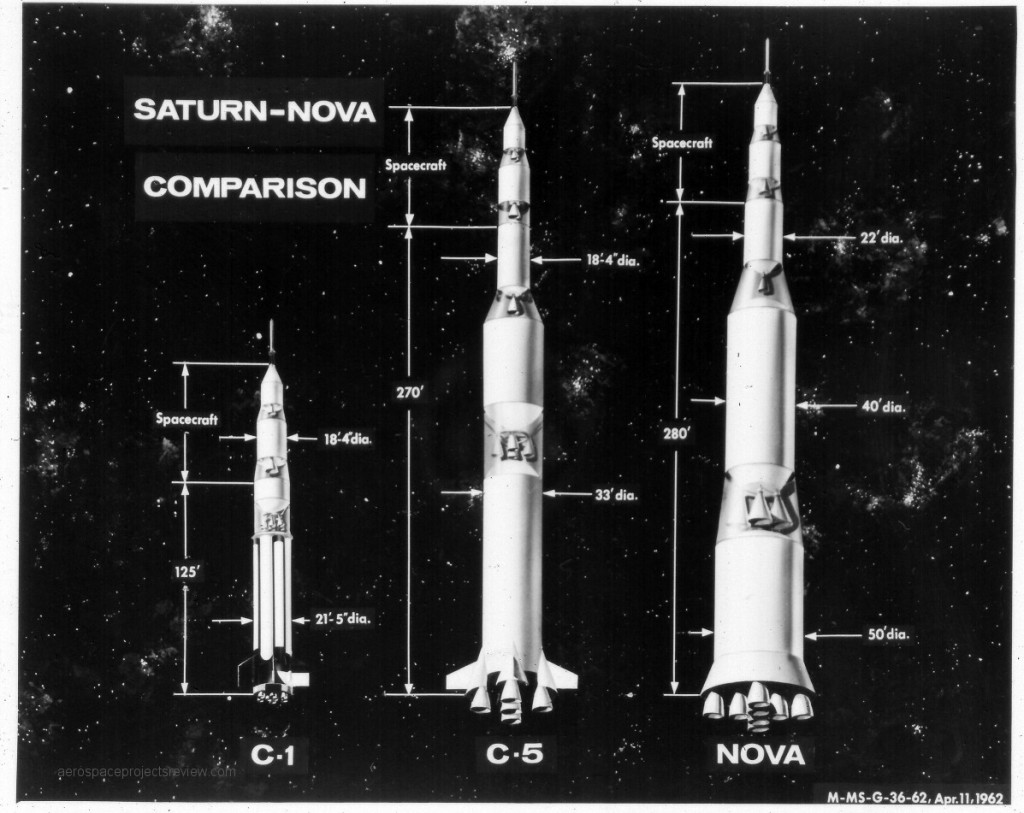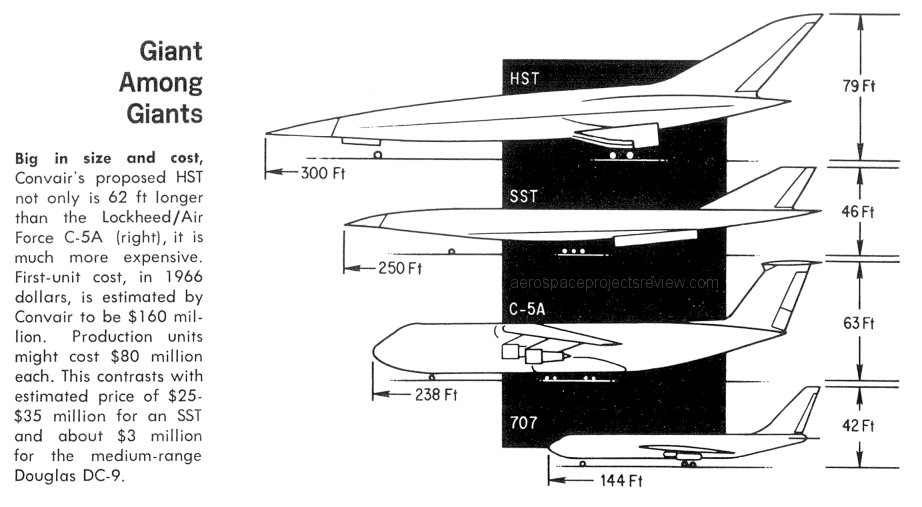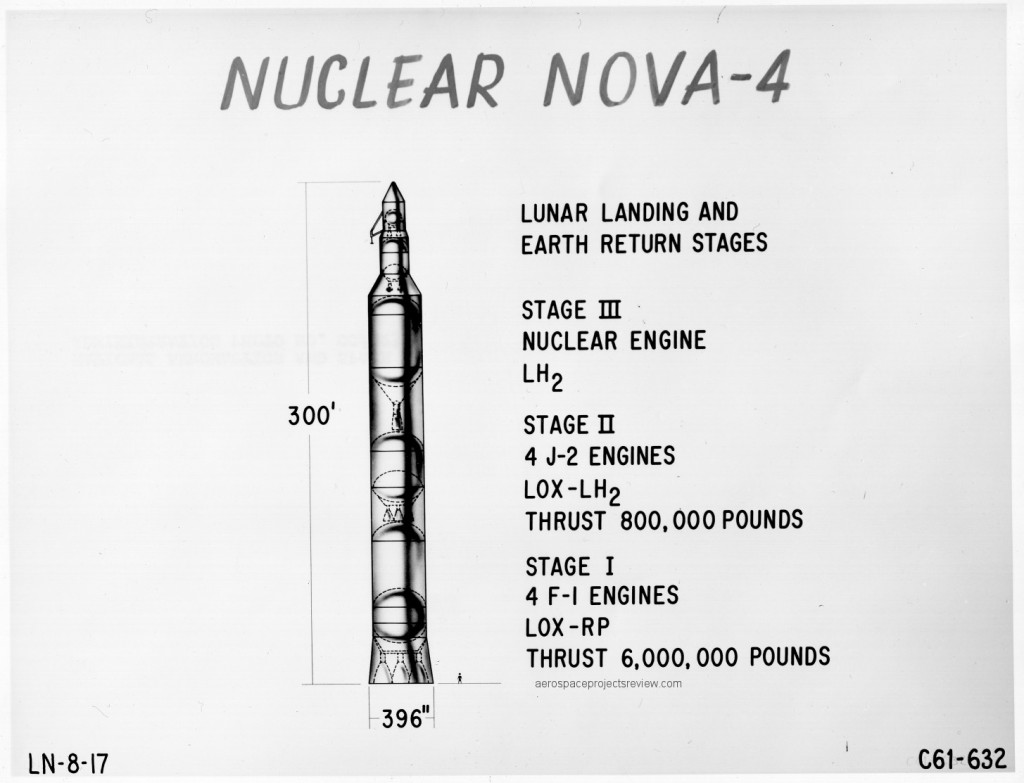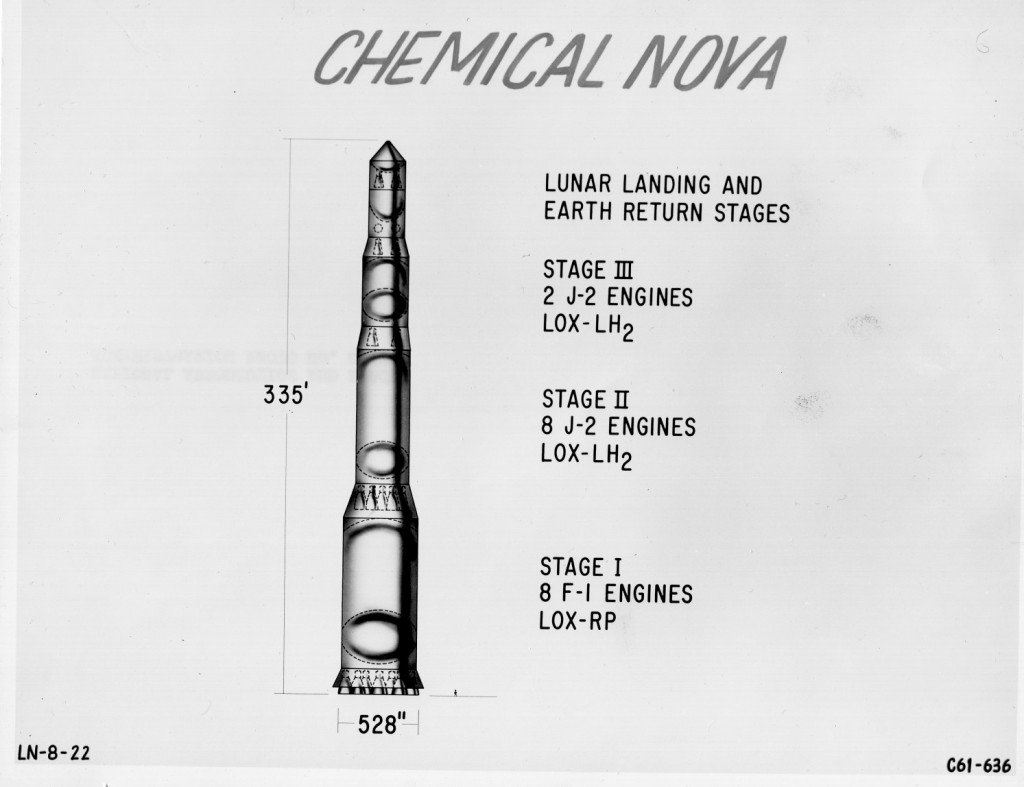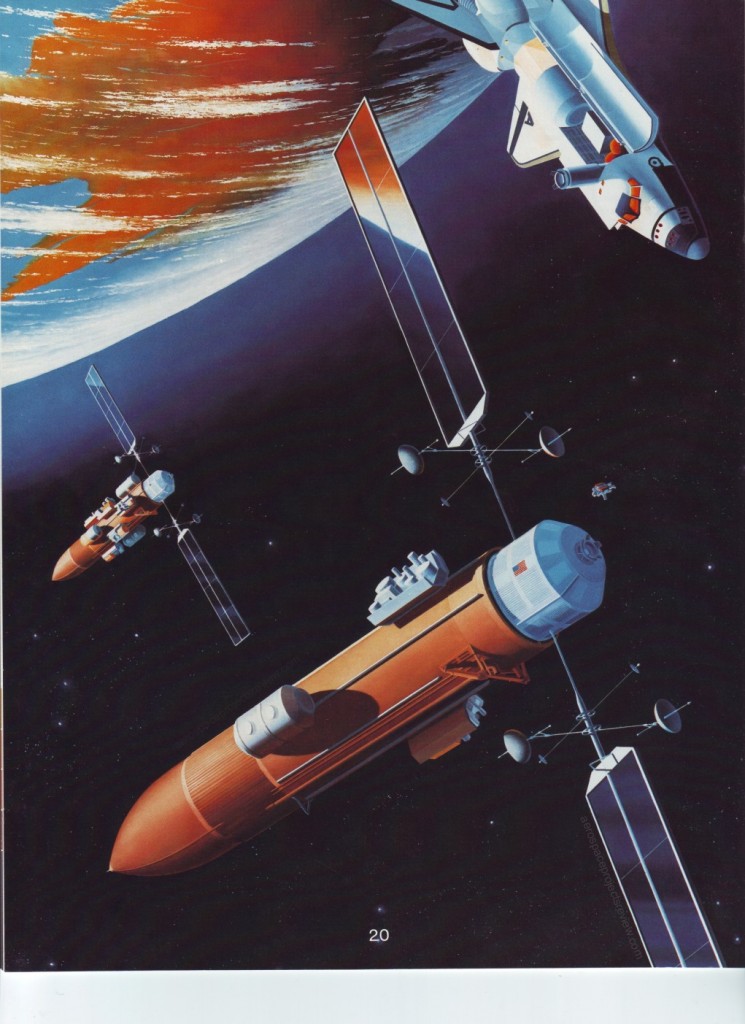The September-October issue of the AIAA-Houston newsletter Horizons is now available to download as a free PDF. This issue contains a reprint of the article “Man on the Moon” from the October 18, 1952, issue of Collier’s magazine, the second of 8 from the famed “Man Will Conquer Space Soon!” series. This reprint is courtesy yours truly, who cleaned up scans of the sixty-year-old articles.
Horizons is available HERE, in both a low-rez and high-rez format.


